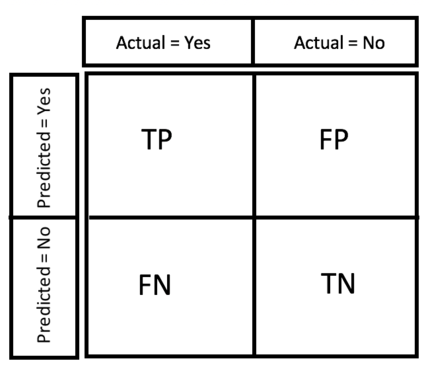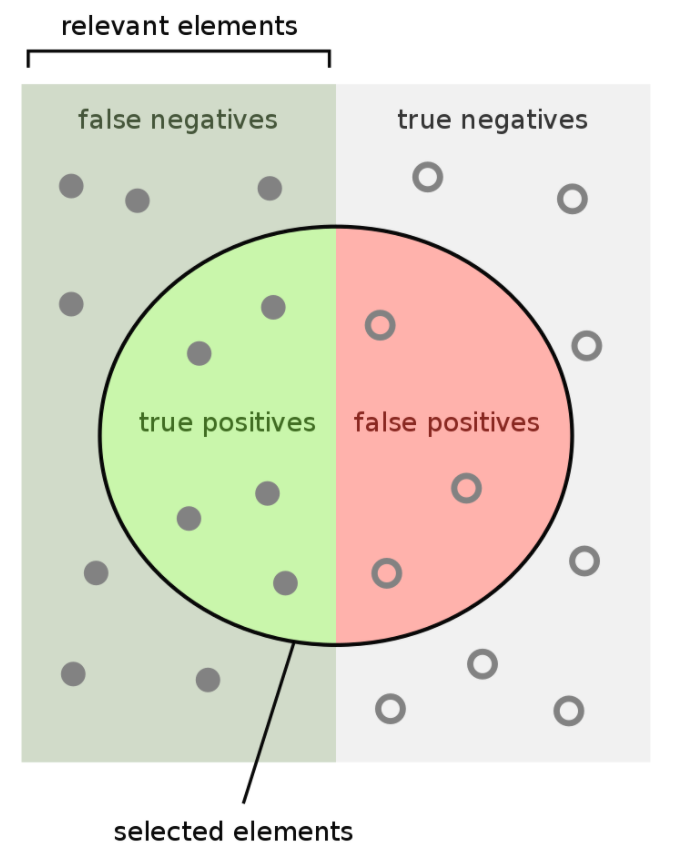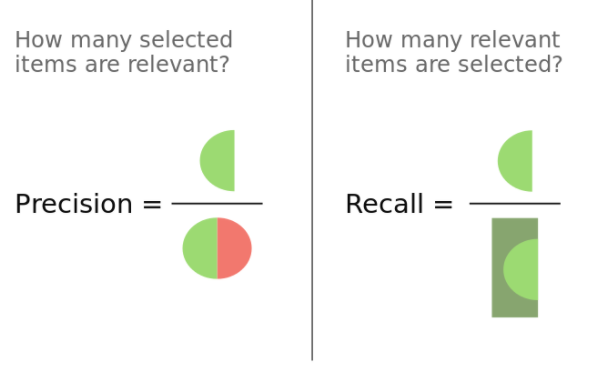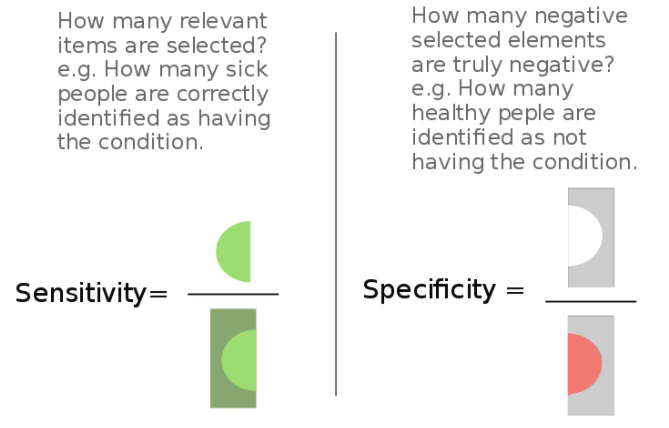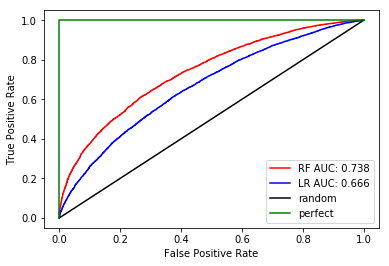Kaggle: Credit risk (Exploratory Data Analysis)
An important topic in regulatory capital modelling in banking is the concept of credit risk. Credit risk is the loss to a bank's portfolio of loans when their customers start to default on their loans (i.e., not pay their loan repayments, or missing their repayments). These loans can be home loans, credit cards, car loans, personal loans, corporate loans, etc. (i.e., mortgages, revolving lines of credit, retail loans, whole sale loans). Credit risk is also related to securitized products and a a related post is on capital modelling as applied to securitized financial products.
